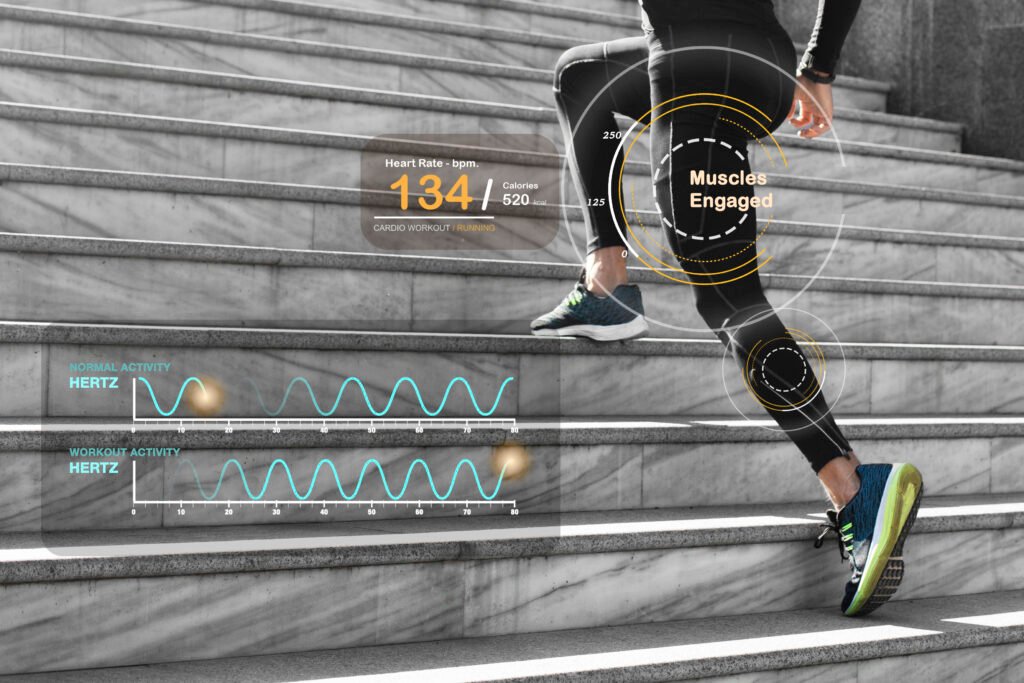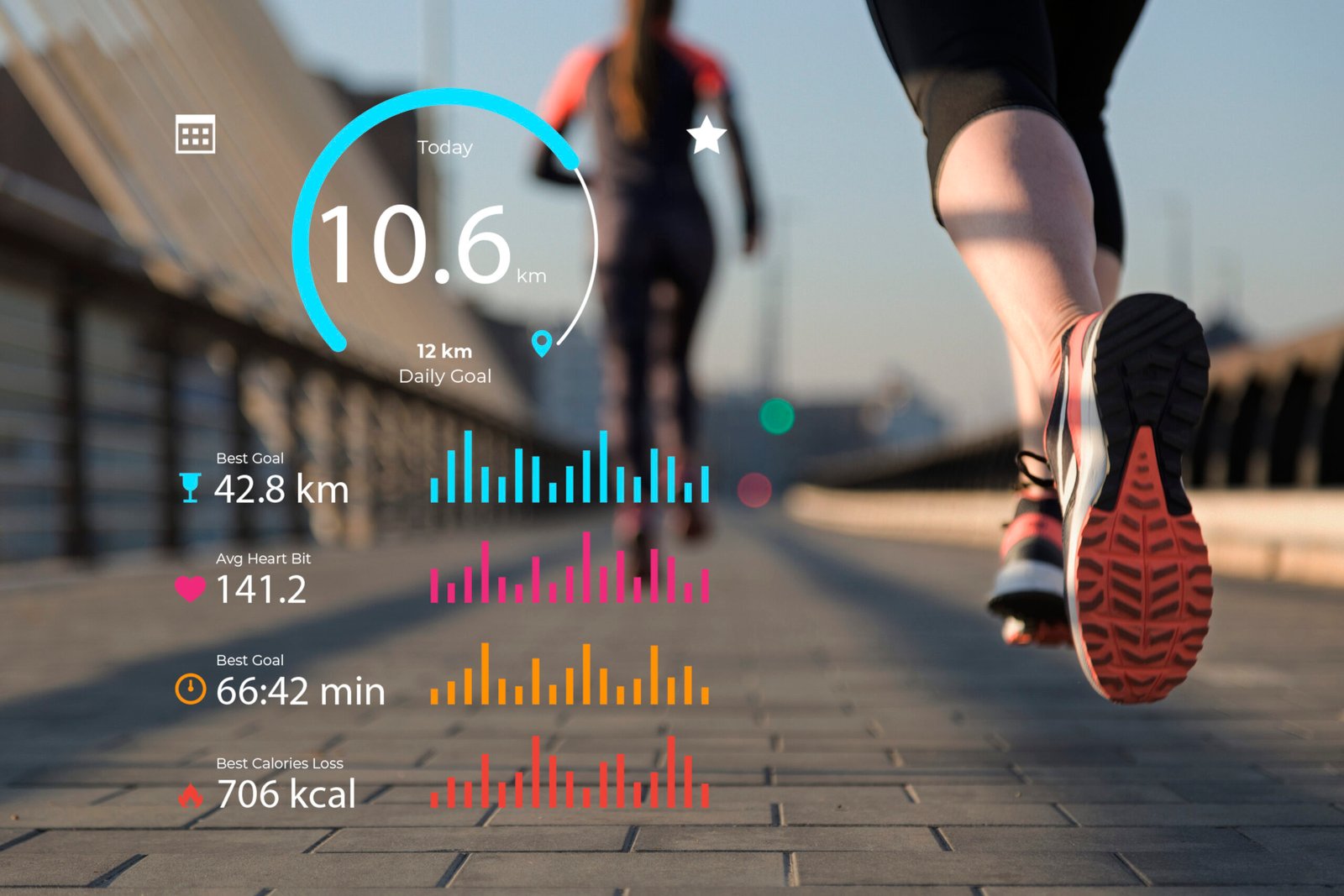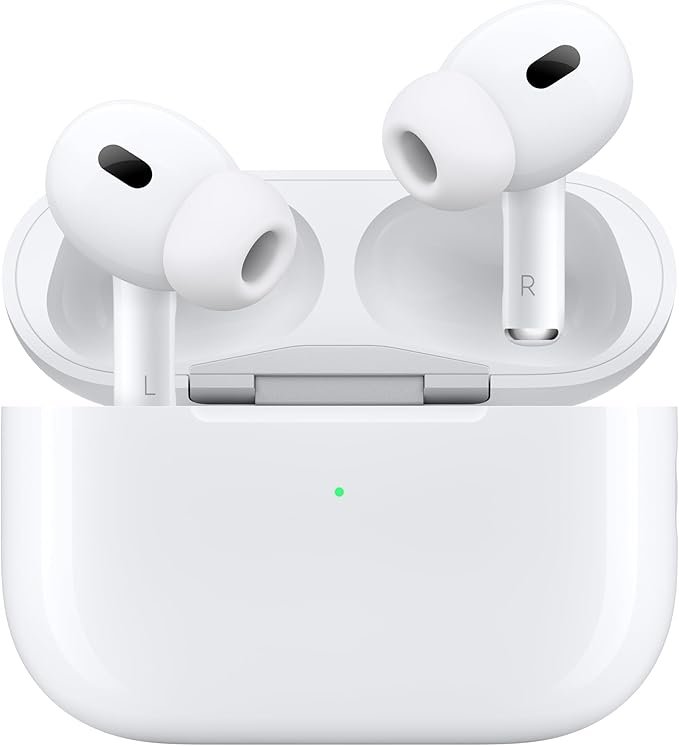Introduction to Fitness Algorithms
Fitness algorithms are revolutionizing how we approach exercise, offering data-driven insights to optimize workouts and boost performance. Powered by artificial intelligence (AI) and machine learning, these algorithms analyze user data to create tailored fitness plans, track progress, and provide real-time feedback. From wearable devices to smart gym equipment, the science behind fitness algorithms is transforming the fitness industry by making workouts more effective and engaging.

The Science Behind Fitness Algorithms
At the core of fitness algorithms lies the ability to process vast amounts of data, such as heart rate, movement patterns, and workout history. Machine learning models identify trends in this data, enabling apps and devices to predict user needs and adapt routines accordingly. For instance, algorithms can assess your performance during a workout and suggest modifications to improve form or prevent injury. By leveraging biomechanical research and user-specific metrics, these systems ensure exercises align with individual goals, whether it’s building strength, improving endurance, or enhancing flexibility.
AI-driven fitness apps like Freeletics and Fitbod use these algorithms to craft personalized workout plans. They analyze user inputs, such as fitness levels and preferences, to recommend exercises that maximize results. Additionally, predictive analytics can forecast potential risks, like overtraining, by monitoring metrics like strain levels and recovery time. This scientific approach ensures safer, more efficient workouts tailored to each user’s unique needs.
How Tech Predicts Performance
Fitness algorithms excel at predicting performance by analyzing patterns in user behavior and physiological data. Wearable devices, such as Fitbit and Garmin, collect real-time metrics like heart rate, sleep patterns, and activity levels. These devices use AI to interpret data and provide actionable insights, such as when to push harder or take a rest day. For example, Whoop’s fitness band uses machine learning to estimate performance strain and optimize recovery, helping users achieve peak performance without burnout.
Human pose estimation, a cutting-edge technology, further enhances prediction capabilities. Apps like Tempo and Kemptai employ 3D motion capture to monitor form and posture during workouts. By detecting improper movements, these systems offer real-time corrections, reducing injury risk and improving exercise effectiveness. This predictive power allows users to train smarter, ensuring every rep counts toward their goals.
Improving Performance with AI
AI-powered fitness algorithms don’t just predict—they actively improve performance. By integrating data from wearables, apps, and smart equipment, these systems create a feedback loop that refines workouts over time. For instance, Asensei.ai syncs with rowing machines to track metrics like stroke rate and provides personalized training programs based on user goals. This dynamic adjustment ensures workouts remain challenging yet achievable, fostering consistent progress.
Gamification is another way tech boosts performance. Platforms like Zwift and Ring Fit Adventure incorporate game-like elements, such as challenges and leaderboards, to keep users motivated. AI enhances these experiences by adapting virtual workouts to user performance, making exercise both fun and effective. Additionally, smart nutrition planning apps, like Macrostax, use AI to analyze dietary habits and recommend meal plans that complement fitness goals, further optimizing performance.
The Role of Wearable Technology
Wearable technology is a cornerstone of fitness algorithms, providing the data needed for accurate predictions and improvements. Devices like smartwatches and fitness bands track metrics such as steps, calories burned, and heart rate variability. AI algorithms process this data to offer insights into recovery, stress levels, and overall well-being. For example, Evolt’s body scanning tech uses AI-driven analytics to provide detailed health markers, enabling tailored fitness and nutrition plans.
These wearables integrate seamlessly with fitness apps, creating a holistic approach to health. By combining data from multiple sources, algorithms deliver comprehensive insights that empower users to make informed decisions about their training and recovery.
Challenges and Future Directions
While fitness algorithms offer immense benefits, challenges like data privacy and algorithmic accuracy remain. Ensuring user data is secure and algorithms provide reliable recommendations is critical for trust and effectiveness. Developers must comply with regulations like GDPR and HIPAA to protect sensitive health information.
Looking ahead, the future of fitness algorithms is promising. Advances in virtual reality (VR) and augmented reality (AR) will create immersive workout experiences, while AI-driven preventive healthcare will identify health risks early. Integration with medical systems could further personalize fitness plans for specific health conditions, making algorithms even more impactful.
Conclusion
The science behind fitness algorithms is reshaping how we exercise, offering personalized, data-driven solutions that predict and improve performance. By harnessing AI, wearables, and smart equipment, these algorithms make fitness more accessible, effective, and engaging. As technology evolves, fitness algorithms will continue to push the boundaries of what’s possible, helping users achieve their health goals with precision and ease.








